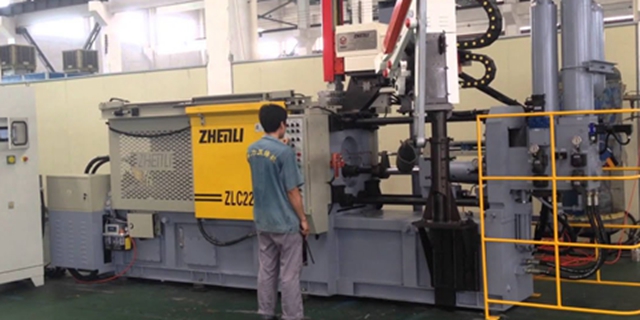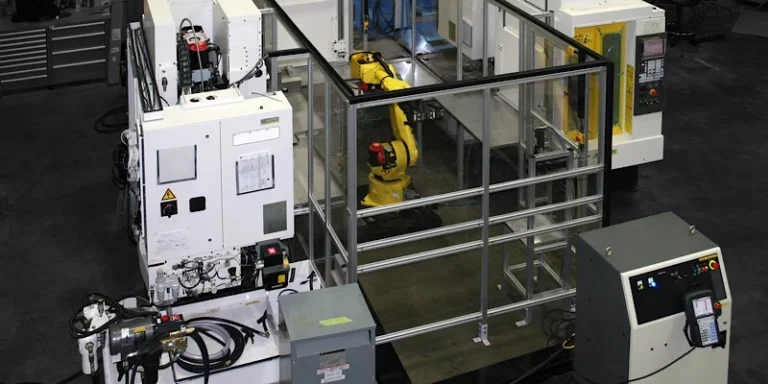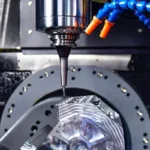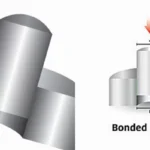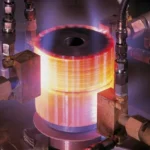Die casting is a highly versatile and widely used metal casting process that involves applying high pressure to molten metal within a mold cavity. The unique features of the die casting process allow for the design of parts that meet specific requirements. Let’s explore the advantages and disadvantages of die casting, along with a comparison to parts produced by other manufacturing methods.
1.Advantages of Die Casting
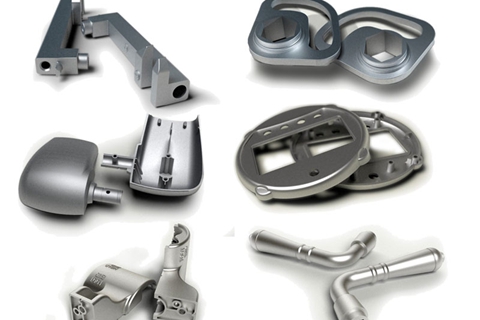
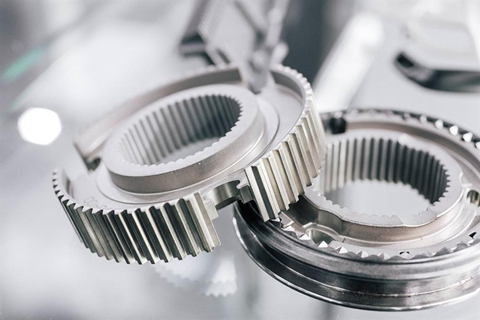
- High Production Efficiency: The die casting process is easily mechanized and automated. Cold chamber machines can produce 50 to 90 parts per hour, while hot chamber machines can achieve 400 to 900 parts per hour.
- Excellent Dimensional Accuracy and Surface Finish: Die cast parts generally have a tolerance class of IT13 to IT15, with higher precision reaching IT10. Surface finishes can range from Ra 3.2 to 1.6 μm, with some areas achieving as fine as 0.8 μm. This high accuracy often eliminates the need for additional machining, enhancing alloy utilization and reducing costs.
- High Mechanical Properties: The rapid cooling of metal melts in die casting creates fine, compact crystalline grains near the surface, resulting in high strength and hardness.
- Ability to Create Complex Thin-Walled Parts: Die casting allows for intricate shapes with thin walls. For example, aluminum die castings can have a minimum wall thickness of 0.5 mm, while zinc alloy castings can reach 0.3 mm.
- Embedding Other Materials: Complex fasteners or inserts can be integrated into die castings, reducing material and processing costs while enhancing part performance and minimizing assembly work.
- Economical for Mass Production: Durable and dimensionally stable die cast parts can be produced with specified shapes, often requiring little to no machining.
- Variety of Surface Textures: Die cast parts can be finished with various techniques, allowing for smooth or textured surfaces as desired.
2.Disadvantages of Die Casting
- Porosity Issues: Die castings are prone to porosity due to the high-speed filling of the mold cavity and the lack of gas permeability in the mold material. This can lead to gas cavities, preventing heat treatment strengthening and limiting high-temperature applications. Additionally, excessive machining can remove the hardened surface layer, exposing weaker areas.
- Not Ideal for Small Batch Production: The complexity and cost of die casting equipment make it unsuitable for small-scale production runs, as it is primarily economical for large batch production.
- Limited Die Life with High Melting Point Alloys: When working with high melting point metals (e.g., copper alloys), the demands on heat deformation resistance and thermal fatigue strength can shorten mold life. Die casting is primarily used for aluminum, zinc, and magnesium alloys, with ferrous metals rarely processed.
- High Capital Investment: The initial costs for casting machines, dies, and related equipment are substantial compared to other casting methods. This necessitates large batch production to make die casting economically viable.
3.The Unique Advantages of Die Casting
- Versus Sheet Metal Parts: Die castings can achieve more complex shapes with varying wall thicknesses. A single die-cast part can often replace multiple sheet metal components, simplifying product design.
- Versus Plastic Injection Molded Parts: Die cast parts offer superior strength, hardness, and dimensional stability. They are more heat-resistant and outperform plastics in durability, UV resistance, and stress cracking. Additionally, die casting has a faster production cycle compared to plastic injection molding. However, plastics may be cheaper per unit and have inherent color properties that reduce finishing needs, along with being good electrical insulators.
- Versus Sand Casting Parts: Die castings require less post-processing and can maintain tighter tolerances. They have thinner walls, higher production efficiency, and smoother surfaces, resulting in lower labor costs. However, sand castings can accommodate ferrous metals and larger sizes, often at lower tooling costs, making them more economical for small production runs.
- Versus Machined Parts: Die castings are typically lighter and have lower processing costs compared to machined components, making them a more cost-effective option for many applications.
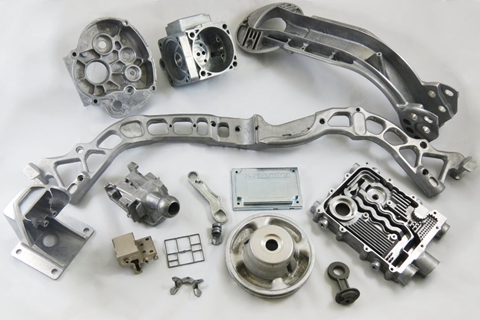
In Conclusion
The numerous advantages of die casting have led to its increasing popularity across various industries. Die casting components are essential in products such as laptops, mobile phones, cameras, automobiles, and motorcycles. These parts are recognized by consumers for their stylish, environmentally friendly, user-centric, and innovative designs. As die casting technology continues to advance, its applications will undoubtedly expand further.
We hope this overview of the advantages and disadvantages of die casting has been helpful. At AS Prototypes, we provide die casting services tailored for mass production projects and excel in rapid injection molding. For a free quotation, please contact us at [email protected], and we will be happy to assist you with your next project.


